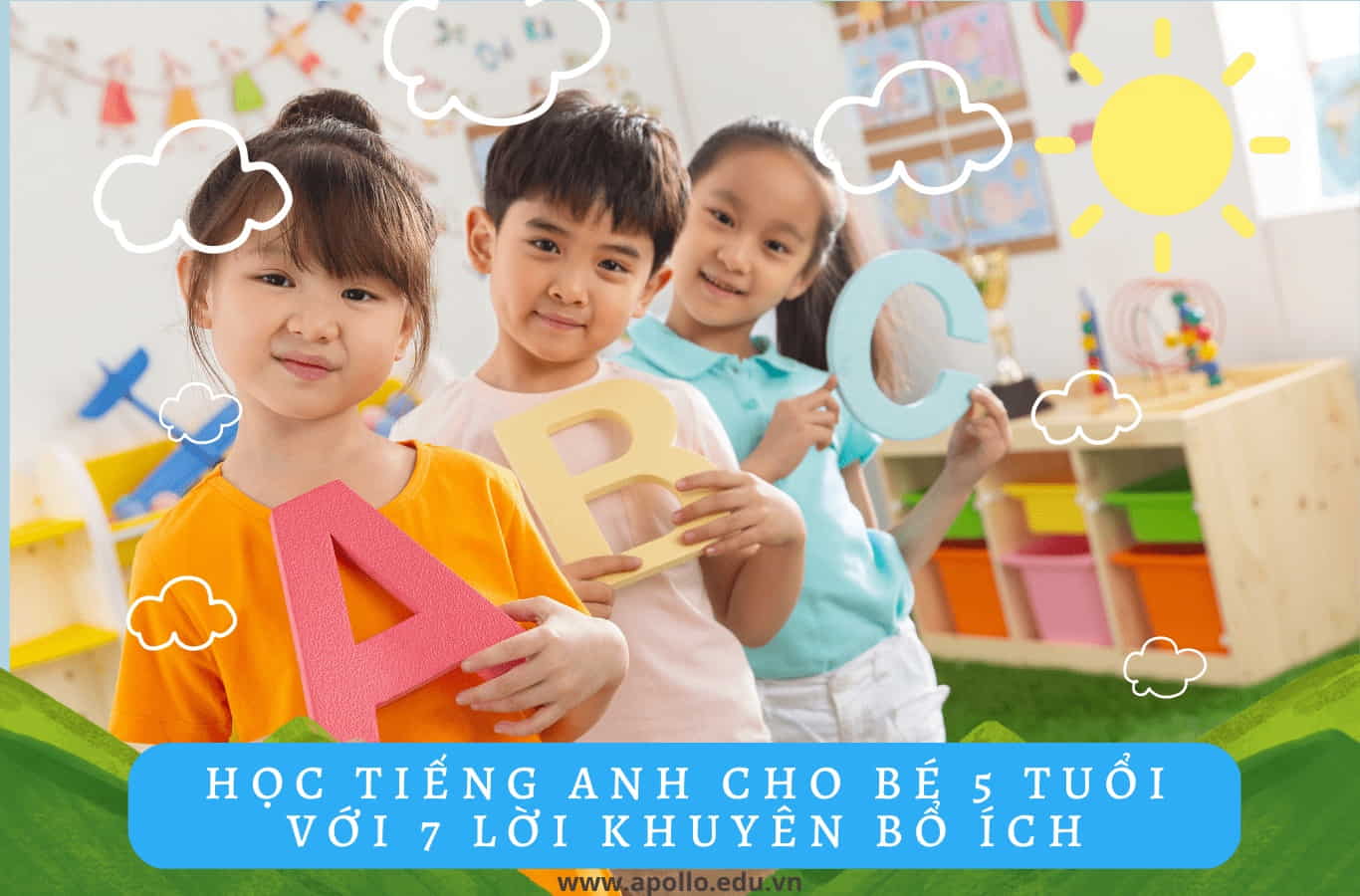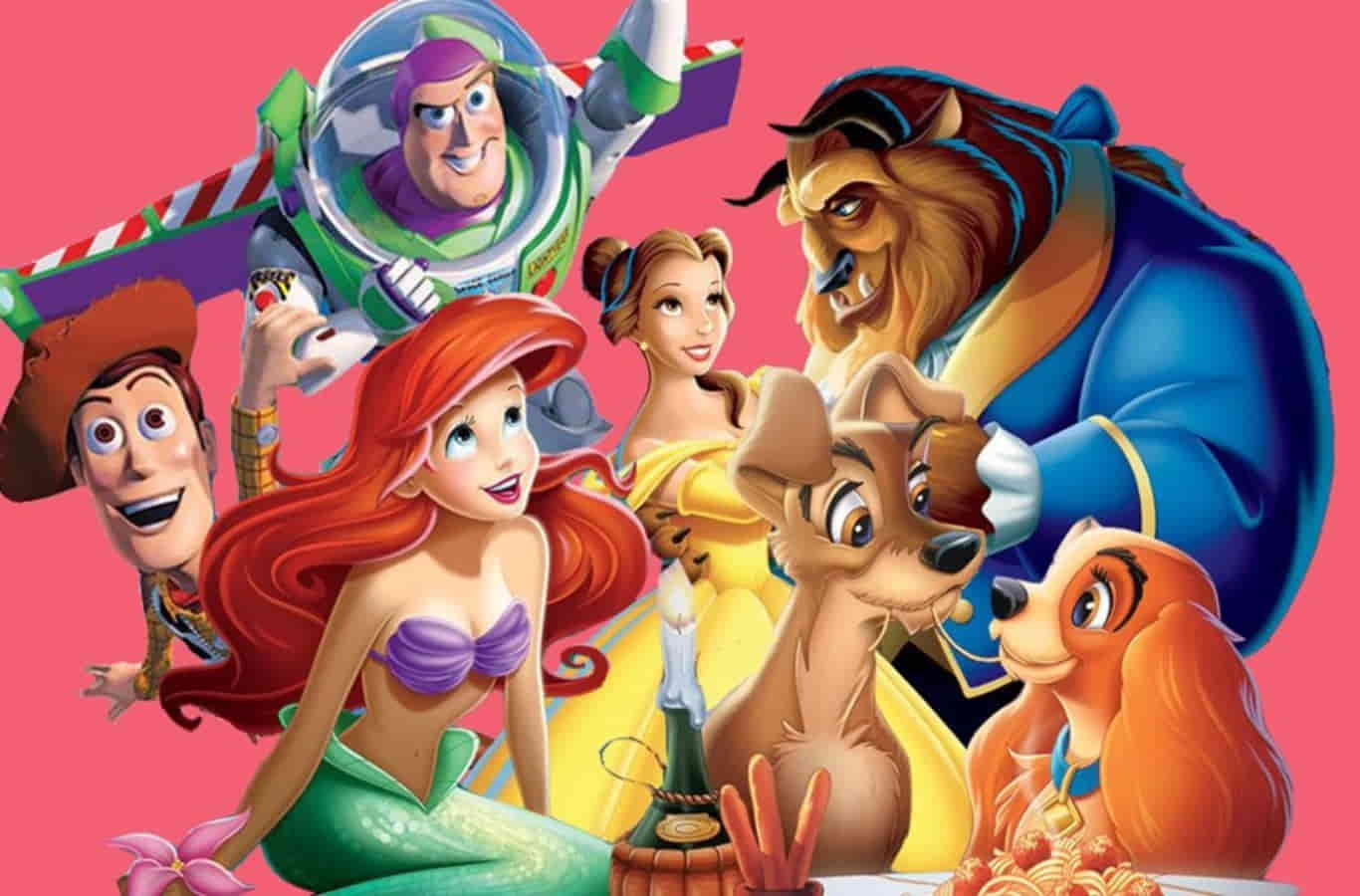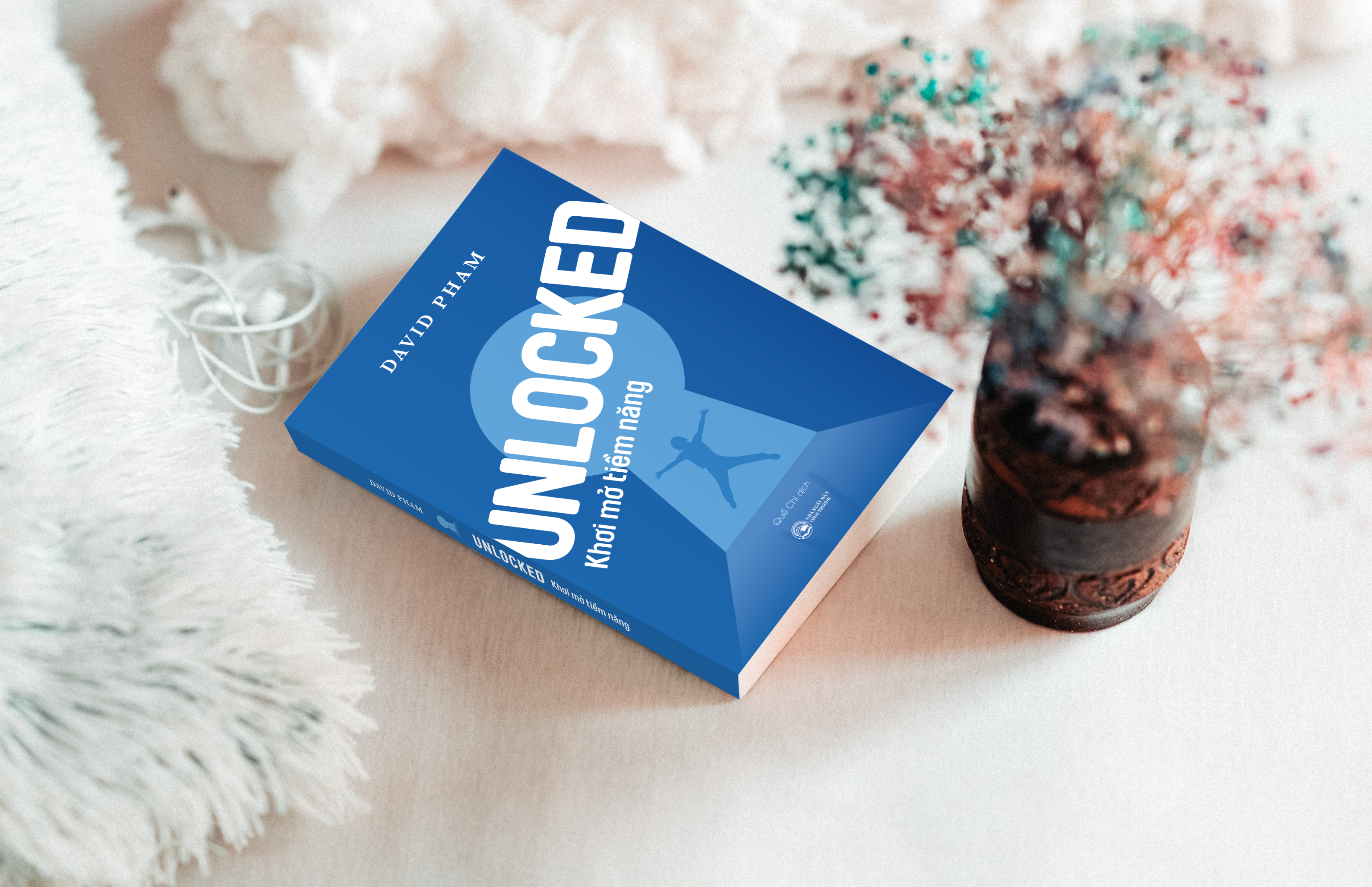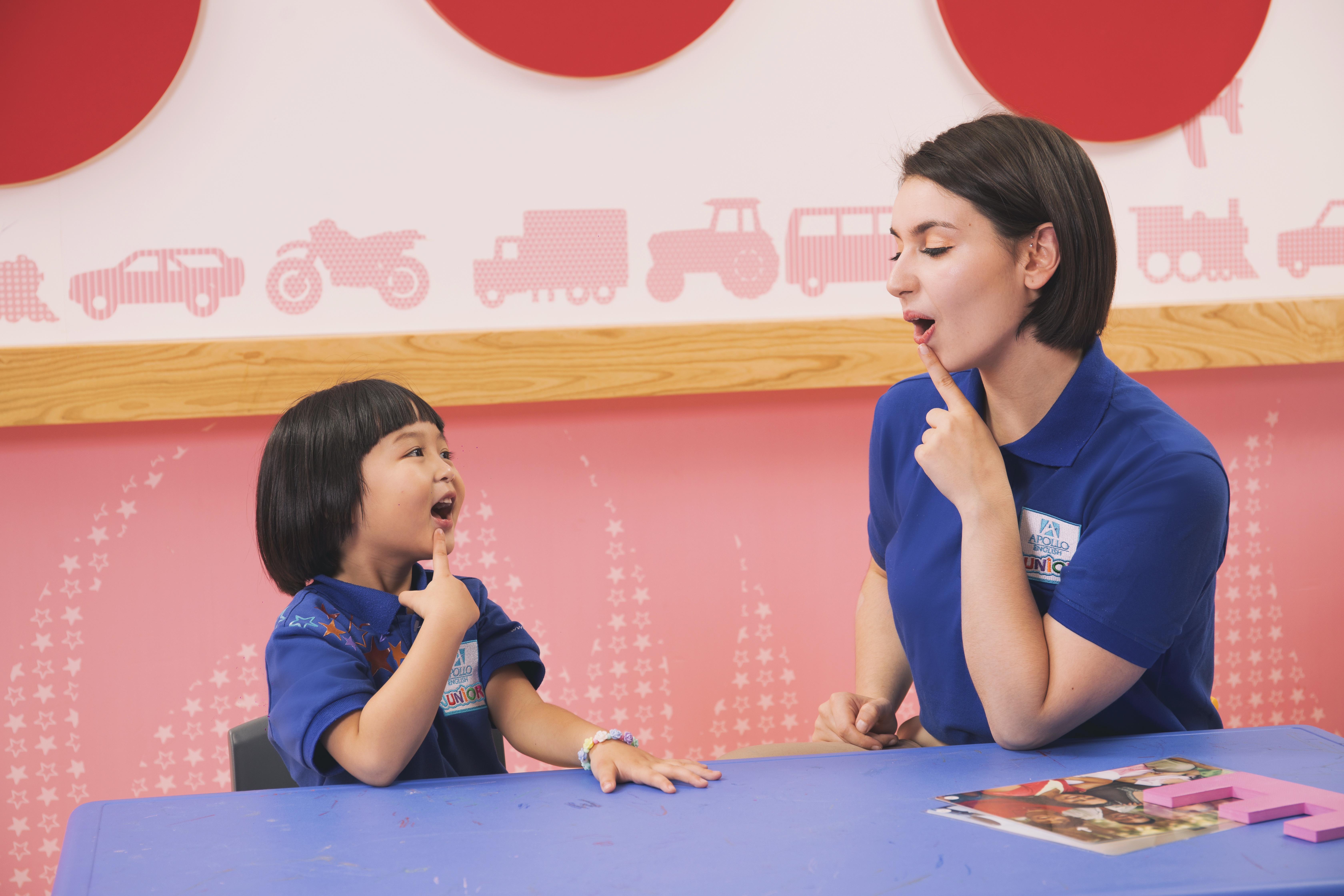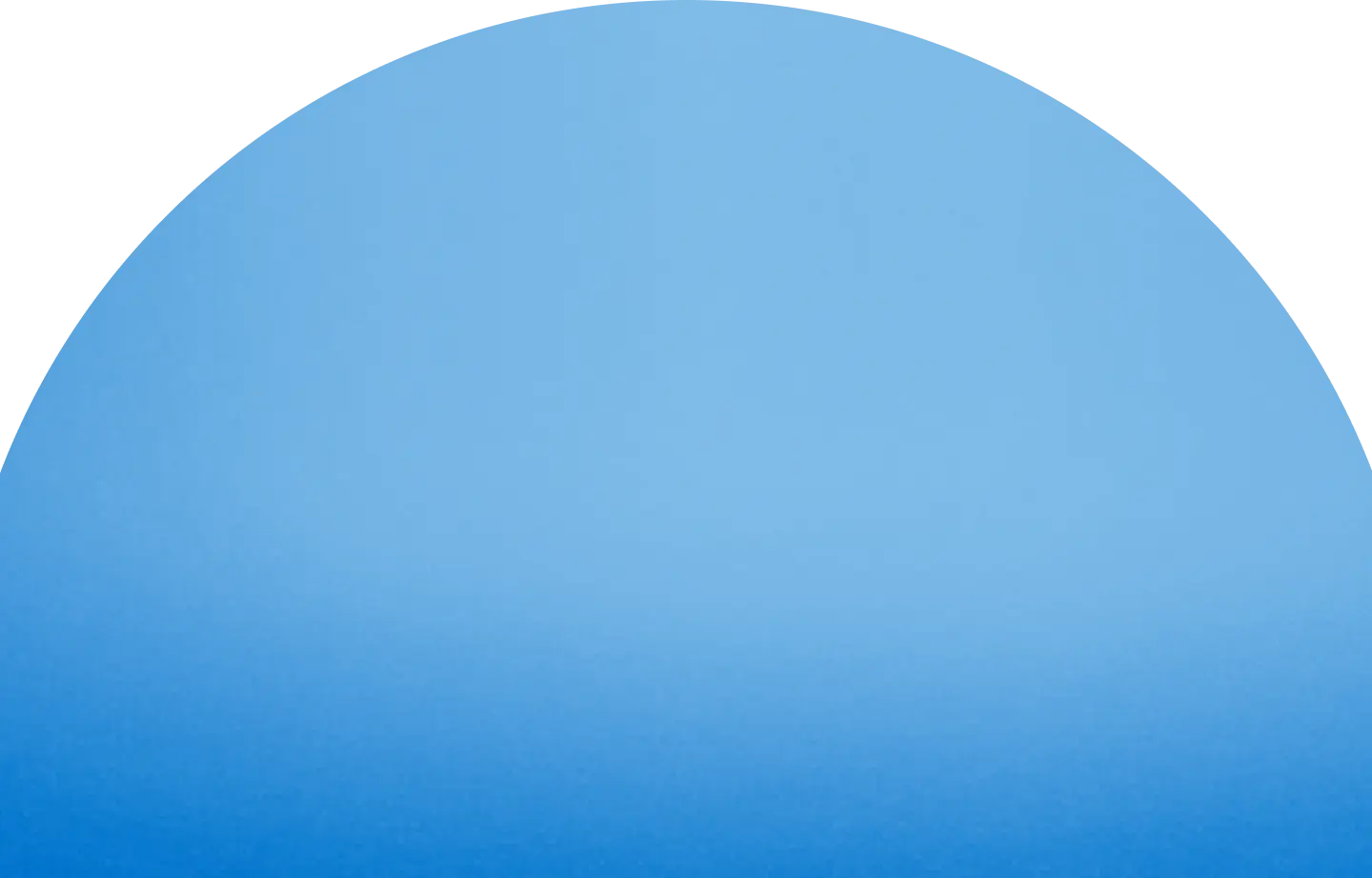INTRODUCTION
Back in 2010, as I was volunteering in Brazil, I experienced public teaching for the first time while educating Brazilian youth about global issues in English. During that internship, I was introduced to various interactive teaching techniques and observed how to ensure all students in the class received the most out of a lesson. A couple of years later, I decided to complete a Certificate in English Language Teaching to Adults (CELTA) to teach English as a second language. Then I worked as a teacher in one of the most reputable English centers in Vietnam for over three years. After having that variety of experiences, I realized no matter what a teacher does, it is always challenging to ensure all students stay interested enough to eventually master a lesson’s content. Ideally, the student would be able to thoroughly understand and use learned information effectively through a variety of life situations.
How can we ensure this synthetization of knowledge occurs?
BIG PICTURE LEARNING
There is a framework called big picture learning. The goal of which is to make K–12 education more personalized, functional, and practical. Under the school’s curriculum, students not only learn the “academics” but also dedicate a significant amount of time to their “passion projects.” Each quarter, students spend time at school working on projects that have real-world value, allowing students to use acquired knowledge from the academics portion of the curriculum in a more authentic, individualized way (NEXT School, 2016).
Every student is different and requires a unique environment for interests to flourish. With big picture learning, students mold their character and critical thinking-driven experience into personalized real-life situations.
WHAT DOES REAL-WORLD VALUE MEAN?
In traditional school systems, students often get a chance to work on something more creative, such as writing or drawing pieces. However, it usually serves the teacher’s purpose of having material to mark. Then, in the best scenario, these creative projects are hung on classroom walls (potentially, they are also sent to writing competitions, local or regional photo galleries, or submitted for scholarships). But in reality, they mostly end up in drawers or trash bins.
In contrast, when a project has real-world value, the results will serve more of a purpose to students than just a grade. For example, if a student is passionate about writing, then the student could write a book and publish it on Amazon. While writing a book, the student would be supported and mentored by a specialist from the field. Students slowly build up their portfolios of creative works. By the time they graduate, they will already have something tangible to present to the public. Everyone would see what students accomplished at school, and students would be ready to work in the field tailored to their strengths and interests. Students acquire years of research, experience, feedback, mentorship, and a proven track record in the area — something we value so much in the “real world.”
The K–12 student who found their passion at the age of ten in writing could have published several books, articles, and many other creative writing pieces by the age of eighteen. If a K–12 student is interested in woodworking or crafting, for instance, they might reach the age of eighteen, having already constructed and sold products on a site such as Etsy.
With this education model, most students may have an easier time finding out who they are and their place in the world.
While all of the above is realistic and achievable, the sector’s current state is very different. After more than twelve years spent in traditional schools, students generally only show a final Transcript of Records for their hard work—basically a list of names of isolated subjects and final test scores. Students may possess works from those isolated subjects, such as few marked essays from literature, posters from geography or history, or model projects from physics, biology, and chemistry. Still, they mostly cannot present one specialty they have built over the years.
As teachers are allocated based on subjects, students are not guaranteed mentors for the long term to help build the student’s branding. In addition, the system decides the fixed amount of content to be delivered to students each year. Therefore, schools do not have enough space to include “passion projects” into their weekly or daily schedules. Yet, to validate and nurture a passion, one must commit to working on it daily.
So how do we bridge the gap between standardized curriculum and personalized interests?
THE FUTURE IS KNOCKING
We first must address the reality: education needs to adapt to constant changes in technology as well as reflect the changing worldwide demographics.
Statistics tell us that by 2050, there will be around 9.7 billion inhabitants on Earth, compared to the current seven billion (UN DESA, 2019). By that year, the number of people aged sixty years and older will be around two billion, close to one-fifth of the total population (WHO, 2021). We will need young people to step into the workforce more quickly to keep the positive economic growth.
Additionally, what we must contend with on a global scale is the rise of automation. A study by consulting firm McKinsey & Company predicts that automation will overtake around twenty-two percent of jobs just in the next decade (Leprince- Ringuet, 2020). If we continue teaching manual skills such as memorization of facts in schools, then the system is sure to become irrelevant, as programmed algorithms will easily replace many routines.
To contend with the ever-changing job market, technology needs to be implemented more vastly in schools to remodel our education systems worldwide. Generation Y and Z have a high familiarity with digital technology. Together with the high speed of technological advancement, the possibilities are endless. Educators have already started using apps like “Tailor-ED,” to ease preparation and tailor instructions to different learning styles. Students, on the other hand, have begun accessing “Khan Academy,” a library of free video lectures for every subject in which they need more time to master the material.
And these generations Y and Z will have to continue adapting the system. Otherwise, humankind might get into huge trouble.
With the dynamic future, what will be the best preparation for next generations?
Knowledge has been considered as important for success and it still is. Beyond that however, we need to instill the habit of independent learning in our children.
Why proactive and independent learning helps? Because in the world of unexpected changes, a child with an independent learning habit will always actively learn new things and adapt well to the new environment.
RESISTANCE TO CHANGE
We are humans and we have a natural impulse to resist new things. I see it every day in my daughter. Whenever I give her something new to eat, she stares at it for a while. In majority of cases, she always refuses trying new food. Especially if she has never seen it before. It takes a long while explaining the benefits of the new food.
We, adults, are not different. We prefer old methods, especially if something has been done for generations. Trying new things seems too risky, although we all feel that change is necessary.
Especially in education, innovation has never been so indispensable.
In this book, I will explain why we need to move ahead quickly and guide you through more suitable approaches in education in the era of constant and rapid change.
WHY I WROTE THIS BOOK
At the time of writing this book, I have an eighteen-month-old daughter. My home base is in Vietnam, and I have started to think about her future as well as her generation’s future. Will the current education system be good enough for them? Will I be satisfied with sending my daughter to a public school, especially if we decide to stay in a developing country such as Vietnam?
A typical class in a public school in Vietnam consists of around fifty students. The students start their day before 8 a.m. and end their day after 5 p.m., after which the vast majority of students attend extra classes in the evening. After finishing additional classes, students have to complete the homework assigned throughout the day, and secondary school students even have classes on Saturdays. In light of dissatisfaction with local education, I have started wondering if there is a way to provide my daughter with an affordable world-class education suitable for the information age while still living in Hanoi, Vietnam. With the options laid out in front of me and the understanding of varying school frame- works, I was intrigued to research and better understand the future of education. This book is my passion project. It is a culmination of ideas, research, insight, and examples I hope will help aid future education decision-makers.
FROM ABNORMAL TO NEW NORMAL
From time to time, we see a thirteen-year-old kid become a great entrepreneur, pitching in front of investors on television. Other times, we may see a fantastic teenage chef with many unique recipes. Those children seem to be unusual, as a typical student usually has no idea what they want to do. Even in the UK—perceived to be one of the best education systems globally—forty-four percent of university students admitted they didn’t know their direction after graduation (McKeown, 2015).
The mission of this book is to spread the word about the best practices in education that exist globally. To help everyone participating in education to be able to unlock each student’s potential. To have a world where early passions become careers. A world where every child can discover and build on their passions and strengths from an early age. A world where an eighteen-year-old can answer complex questions such as “what am I good at?”, “which field do I truly want to be in?” and even “who am I?” with confidence and conviction.
This book will be helpful to parents, teachers, and designers of educational systems worldwide. Parents can use the book as a guide when choosing a school for their children and can even push the school to implement innovative methods into their curriculum. Furthermore, with the help of this book, parents can have a big picture of the best ways to raise their children, so they are ready for the world ahead of them. Teachers can use this book as inspiration on how to improve and nurture their teaching styles. Finally, designers of the systems and curricula may use this book as a resource during their planning before finalizing and distributing plans district-wide.
The organization of the following chapters starts with the foundations, followed by methods of learning, and ends with the application of best practices. However, each chapter stands alone, serving as a view into the present education processes and potential changes for the future. Let this book be your guide, and feel free to follow along in any order you choose.
HOW YOU MIGHT CONSIDER READING THIS BOOK - THE 7 STEPS GUIDE
Before each chapter:
1. Please read the 2 questions.
2. Take time to reflect and brainstorm your own answer to the questions.
3. Write your answers down (can just be in bullet points).
4. Then read the chapter (ideally a chapter per day).
5. Reflect after reading.
6. Write your learning points down.
7. Write action steps - what can you personally do/how can you act after this chapter??
We have much to explore together. At the end of the day, it is in our mutual interest to advance humankind and unlock the full potential of our children!
_________________________________________________________________________
01. FOUNDATIONS
CHAPTER 1: LET THEM DO IT
Please try to spend 15 mins brainstorming for yourself, try to answer these questions before reading:
1. What are key questions we want children to be able to answer while being in education?
2. How can children apply knowledge learnt inside the classroom in the real life?
Space for your notes:
.............................................................................................................................................................................................................................................................................................................................…
.............................................................................................................................................................................................................................................................................................................................…
.............................................................................................................................................................................................................................................................................................................................…
.............................................................................................................................................................................................................................................................................................................................…
I began participating in the education system when I was three years old, and I finished my master’s degree in International Business when I was twenty-five. After twenty-two long years in the system, I found myself still having trouble answering important questions about my strengths and passions. Maybe it was because I didn’t get asked questions related to strengths and passions when I was younger, and my opportunities for applying what I did learn in the real world were slim. Once I submitted a project and earned a grade mark from a teacher, I considered the task done and seldom thought about it again. I spent so many nights reading, calculating, memorizing, and the result was my inability to answer a simple question: “What field do you enjoy? What school subject is your favorite?”
After spending about five years obtaining a bachelor’s and master’s degree in a business school, I started my professional career in a bank. I then continued to work for an export-import company. However, at the age of twenty-eight, I noticed my lack of passion. I wanted to do something more meaningful. Hence, in mid-2018, I decided to study further to obtain a qualification in education, for which I found my love during my random volunteering summer internship in Brazil.
During that internship, I worked in a team of eight worldwide volunteers to teach global issues (such as human rights, environmental protection, and cultural stereotypes) in English to Brazilian teenagers. I immediately fell in love with teaching. I had a “front-row seat,” and I could see how students improved each week. It was one of the most meaningful projects I had ever participated in, as I could feel how my contributions changed lives, especially when I received thank you letters from students after the project ended. Thanks to that experience, I discovered my natural ability to manage group dynamics, and students responded to my interactive teaching style.
People will never be able to unlock their full potential if they don’t have space to discover what they care about and focus on working on it in real life. The longer we study in seclusion, the less time we have to apply the knowledge learned.
THE MOST IMPORTANT QUESTIONS
In the best educational system, students should be able to answer these four types of questions:
• “What am I good at?”
• “What are my passions and interests?”
• “How can I contribute to the world?”
• “What kinds of jobs am I suitable for?”
Let’s say an eight-year-old student named Vanesa is intrigued by baking and wants to explore that interest. She would work on a baking passion project, applying knowledge from mathematics to understand proportions or chemistry to understand how ingredients react to each other. She can then apply the knowledge from art lessons to design and decorate cakes or other products. Each year Vanesa improves, using a deeper and broader understanding of baking (learning more about the variety of shapes, ingredients, decorating techniques, etc.). Vanesa could even have a mentor and spend some time in a bakery as part of the project. Maybe by the age of thirteen, she could start selling some products (cakes, bread, and other pastries). By the age of eighteen, she could already have a store, a brand, and even have thousands of returning customers. She could have a few published cookbooks or appear in some magazines related to baking.
Even every minor task connects to the main goal. To progress in a passion for baking and to build a great brand in the field, every smaller project—be it in art classes or mathematics classes or later on in marketing and accounting classes—all focus has to be on supporting a larger outcome, promoting critical thinking, and synthesization of various subjects.
But what if the student decides to change the project after a few years of working on it because as the student gets older, they discover a new field that catches their interests more?
That is fine. Students are matched with mentors and coaches aligned in goals and personalities. The mentor or coach comes with advice and recommendations from an unbiased point of view. The student can change the focus of their passion project after a talk with a mentor or coach who discusses the student’s possible career direction based on data and information collected from the student’s past actions and acquired skills. Those mentors and coaches would be there to ensure that once the student changes the focus of the project, specific commitments would be made toward that new field. These commitments would ensure that students do not make sudden decisions that may change after a couple of months.
Even if that happens and after a few months, the student will want to try something different, it is totally all right because finding true passion takes time. Not everyone is lucky enough to find it early.
Whether the students switch projects or not, the undeniable purpose of passion projects is for students to consolidate and apply the knowledge acquired through years of learning at school into their project that can develop over time, through which they can also learn about themselves and find their uniqueness. Observing how the world works and how a variety of industries work ultimately help students relate to people more diversely. It is not lost time to try different things.
APPLYING THE KNOWLEDGE
Luckily, to date, there is a network of over sixty-five schools around the world that are applying the so-called big picture learning framework. The schools are located in many parts of the US, but there are also schools in Canada, Barbados, Belize, Kenya, Italy, the Netherlands, Kazakhstan, Israel, India, Australia, and New Zealand. Any new school that wants to adopt the framework can contact the Big Picture Learning organization to do so (Big Picture Learning, n.d.).
The NEXT School put out a video in 2018 called Inside Next, that gives us a glimpse at how big picture learning functions. In the video, we see a seventh-grader Himani Bhala, who is passionate about fashion design.
The school year in the NEXT School is divided into four quarters. Himani shared that in her first quarter, she created her online catalog and her first real wearable outfit. In the second quarter, she made two jackets and another outfit to add to her collection using different materials and fabrics. In the fourth quarter, she had a wedding to attend, so she designed her own dress. Himani also had an internship in an actual boutique and helped the shop design a few pieces of clothing.
The big picture framework emphasizes the importance of working on practical projects and learning through internships.
Additionally, we have to change the way we currently manage higher education to match it with the rapidly changing job market needs. Studying for three to four years at university and then finding out postgraduation that the field is not suitable is something we should try to prevent. What’s also very likely to happen is that the career students were preparing themselves for years will no longer be needed because of technology disruption.
As George Koulouris, cofounder of BitLearn, says:
Jobs are not forever. Automation is replacing entire professions and employees are realizing the need to constantly upskill. As a result, continuous professional development is becoming a necessity. Our current education systems are not adapted to support this change. An employee cannot take four years off for university every time they need to upskill. Nor can they attend classes, especially when they have a job, a family, a mortgage… The future of education involves new education formats which effectively upskill workers but also fit into the requirements of the busy, modern life (Mire, 2019).
Google is already preparing for a future where people won’t need degrees but certificates to expedite onboarding for new jobs. Google calls them career certificates. The company offers one in the field of information technology called IT Support Specialist. Data Analyst, Project Manager, and UX Designer certificates have also been rolled out, and even more variety of certificates will certainly be offered in coming years. Their career certificates take about six months to complete, and the programs are 100 percent online, which means there are no boundaries regarding the location. Learners set their own pace, paying a monthly fee of forty-nine USD. What’s more, the certificates are available to anyone, not just to Google employees (Grow with Google, n.d.).
As we live in times where society still values diplomas and degrees over certificates, Google also offers up to twelve college credits to those who complete their career certificate. The amount of credits is equivalent to four college courses and is a great incentive for learners interested in pursuing a full degree at a university (Grow with Google, n.d.).
In my opinion, it is entirely possible that by 2040–2045, students finishing high school will have to obtain a set of certificates required by employers instead of spending time acquiring diplomas or degrees that are not tailored to the employer’s changing needs. By using this approach, employers decide what knowledge and skills to require from applicants. In the current system, universities choose which subjects and courses to include in particular majors and specializations. Because of this, a university graduate holding a degree today applies for a job having learned subjects that may not be relevant to the employer’s specific needs. With the current design of higher education, students are wasting time and money, learning the information they will never implement. With the system of “certificate sets,” an employer can always ask an employee to acquire an additional certificate online to match the necessary skills to handle new tasks in a new position.
From Google statistics, about eighty-two percent of learners that complete the certificate report a career impact, such as getting a raise or finding a new job, within six months (Grow with Google, n.d.). The statistics tell us that even now, employers do not require a university degree but just a relevant certificate.
CONNECTING THE DOTS
Full potential can be unlocked when people find their fit in society by applying their knowledge and skills immediately, be it through consistent and focused passion projects with real-world applicability in K–12 education or shorter programs during university. From Google statistics, we can see that after six months of training and obtaining a certificate, the individual can apply for a job straight away. If that particular field does not fit them, the person can quickly retrain for a different industry within another six months. Applying all learned knowledge through focused and specific application is the key to success for the next generations.
DAVID PHAM
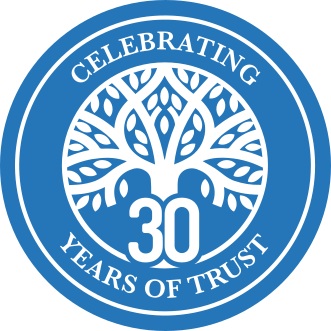

 English
English
 Tiếng Việt
Tiếng Việt



 Trung tâm Anh ngữ Apollo Việt Nam
Trung tâm Anh ngữ Apollo Việt Nam

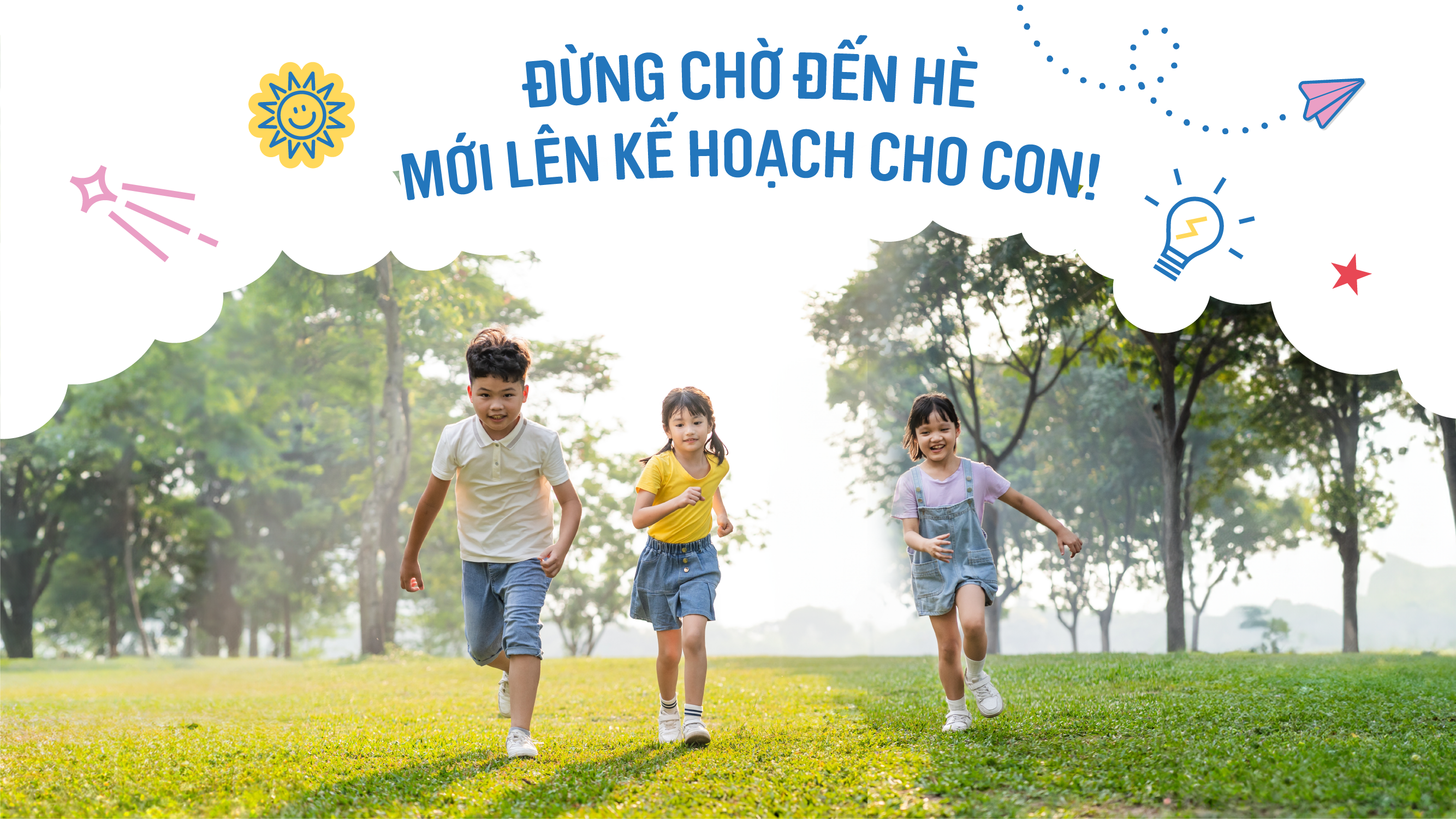
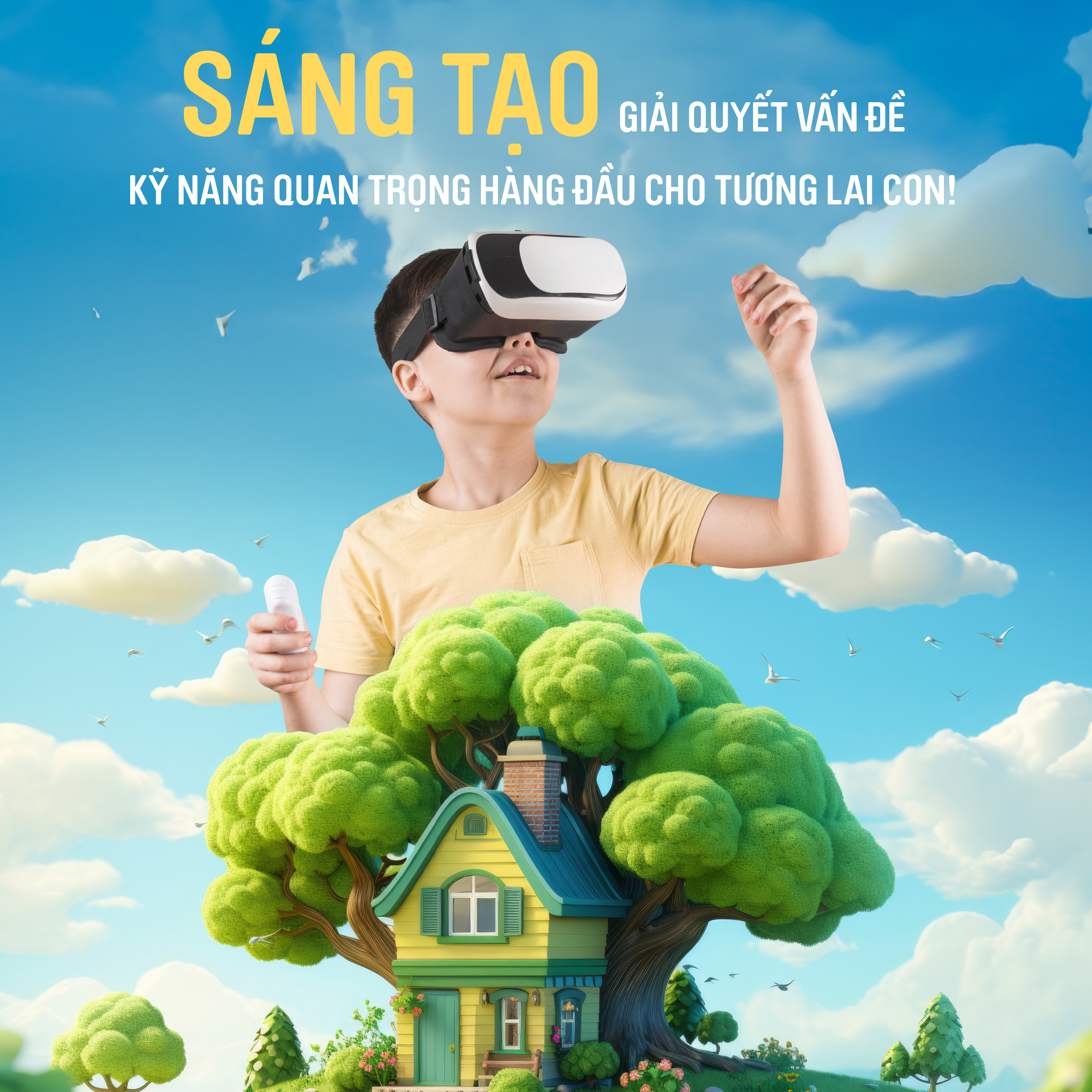
-miLvgkuA1rT13CGj.jpg)

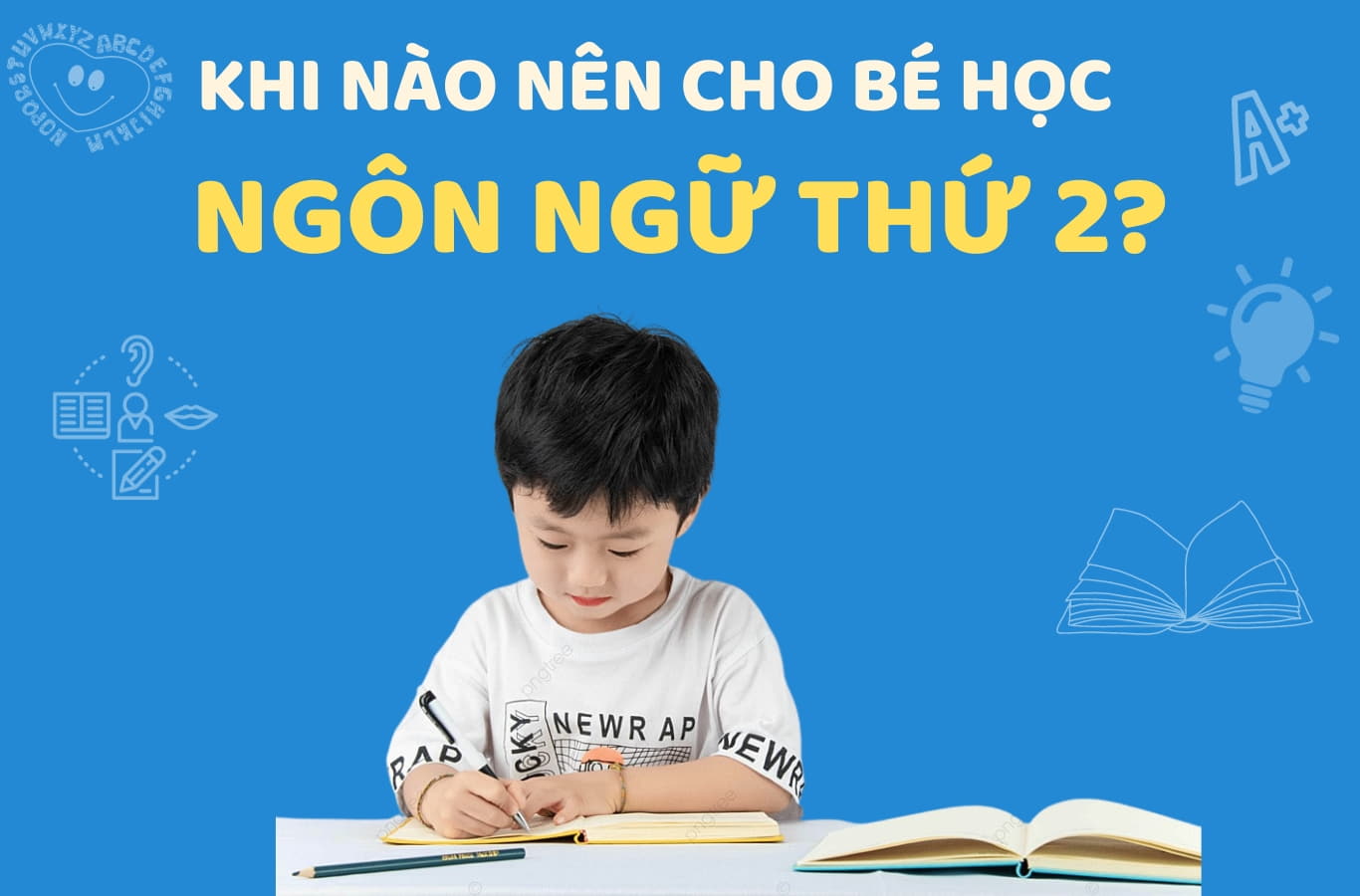
![350+ TỪ VỰNG TIẾNG ANH CHO BÉ THEO NHỮNG CHỦ ĐỀ QUEN THUỘC NHẤT [KÈM FLASHCARD]](/attachments/2023/12/tu-vung-tieng-anh-cho-be-M4HEgr4fSYlmqYF3.jpg)



